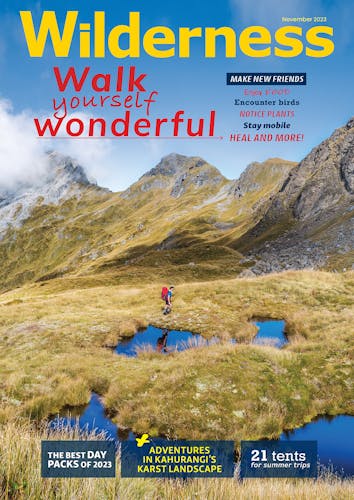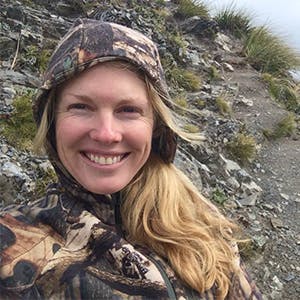Wellingtonian Steve Mushin’s book Ultrawild: An audacious plan to rewild every city on earth tackles climate change with mind-bending, scientifically plausible inventions. It’s for anyone who loves big ideas.
Ultrawilding – what is it and should we really do it?
Ultrawilding is an extreme city version of rewilding. Rewilding means helping wild ecosystems return to landscapes; ultrawilding is helping wild ecosystems return to high-tech cities, so that we’re living amongst millions of other species. It includes; buildings with roof gardens of wild flowers and walls filled with bug hotels and nesting spaces for birds. Or digging up roads to restore or ‘daylight’ rivers and streams.
I think we should ultrawild cities as fast as possible, not least because it’s heaps of fun!
You write that ‘thinking ridiculous ideas can be incredibly sensible’. Why?
Throughout history designers, engineers, scientists and philosophers have boosted their creative thinking and solved complex problems by playing around with ridiculous-sounding hypotheticals known as ‘what-ifs’, or ‘thought experiments’. As an industrial designer, I’ve often found novel solutions while pondering outrageous ideas. And with the design and engineering challenges posed by climate change, I think wild thought experiments – and the wilder the better – are more vital than ever.
What’s an outrageous invention you’ve brainstormed?
Well, let’s talk about compost cannons. Every tramper has used composting toilets that transform humanure into compost. They’re brilliant, when they work well. But they can be a little smelly, and it’s a lot of work to move the compost about. So for cities we need high-tech compost toilets. My toilet invention combines a composter with a biogas reactor, producing explosive methane gas to launch GPS-guided ‘compost cannon balls’ precisely where they’re needed on roads, walls or roofs.
You can read about the science of this design, and 100 others at ultrawild.org.
Ultrawild has been seven years in the making. What was the process like?
I spent my primary school years inventing and drawing with friends. And I’d have ridiculous ideas while gazing out of car windows on holiday – ideas I could hardly wait to get back home and model with Lego. Creating Ultrawild was a similar mix of idea-jamming with scientists and engineers: epiphanies that led to more and more complex and interconnected ideas. I began with the seemingly simple idea of designing inventions to bring ecosystems back into cities. I genuinely thought I could knock it off in a few months.
I quickly found that restoring ecosystems in cities, fast, and while we’re still living in them, is more complex (and wondrous) than I could ever have imagined. Ideas led to more ideas and more complex and fascinating problems. Like: how do we transform Parisian sewers into healthy habitats for native fish? Or: how do we avoid being eaten by wild mountain lions in downtown Los Angeles? But eventually, somehow, it all just clicked into place.
What keeps you motivated?
Reading about climate change often makes me overwhelmed. It’s easy to feel like all hope is lost. But there is absolutely still time to transform our world and reverse climate change. And rewilding inspires me every day. All around the world passionate people are working on mind boggling-cool rewilding projects to transform vast areas of land back into wilderness, suck down immense amounts of carbon dioxide and create homes for millions of other species. I challenge anyone to get involved in rewilding and not become completely thrilled and obsessed.

Ultrawild: An audacious plan to rewild every city on earth by Steve Mushin is available at the Wilderness store. Subscribers get a 10% discount.








